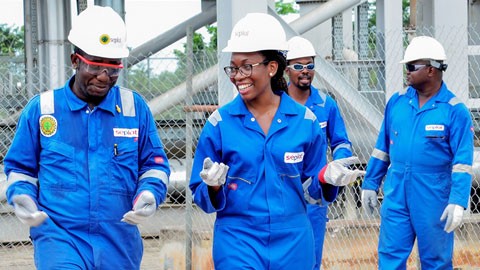Energy
Seplat, NGC raise $260m for Imo gas project completion

BY EMEKA EJERE
Seplat Petroleum Development Company Plc announced on Monday that the ANOH Gas Processing Company has successfully raised $260m in debt to fund completion of its ANOH Gas Processing Plant.
The ANOH plant, located on OML 53 in Imo State with a capacity of 300 million standard cubic feet per day, is being built by AGPC, according to a statement issued by the oil firm on Monday.
AGPC is an incorporated joint venture owned equally by Seplat and the Nigerian Gas Company, a wholly-owned subsidiary of Nigerian National Petroleum Corporation.
According to the statement, Seplat and NGC have previously provided a combined $420m in equity funding and the project is now fully funded.
It said the $260m funding was provided by a consortium of seven banks, namely Stanbic IBTC Bank Plc (advisor), United Bank for Africa Plc, Zenith Bank Plc, FirstRand Bank Limited (London Branch) / RMB Nigeria Limited, The Mauritius Commercial Bank Limited, Union Bank of Nigeria Plc and FCMB Capital Markets Limited.
Seplat said, “It allows for an additional $60m accordion at the time of completion to fund an equity rebalancing payment at that time, if considered appropriate.
“Funding commitments of more than $450m were received by the company, which is a significant oversubscription and a strong sign of confidence in the project.
“Following a cost optimisation programme, the AGPC construction cost is now expected to be no more than $650m, inclusive of financing costs and taxes, significantly lower than the original projected cost of $700m.”
The Managing Director of ANOH Gas Processing Company, Okechukwu Mba, said once operational, the AGPC would be a significant supplier of gas to Nigeria’s power sector, supporting local employment and the cleaner generation of power for Nigerian homes and businesses.”
He said conservatively, the gas from AGPC would be enough to generate electricity for more than five million people.





